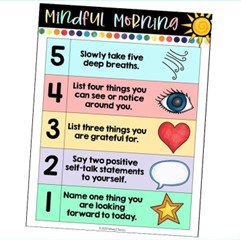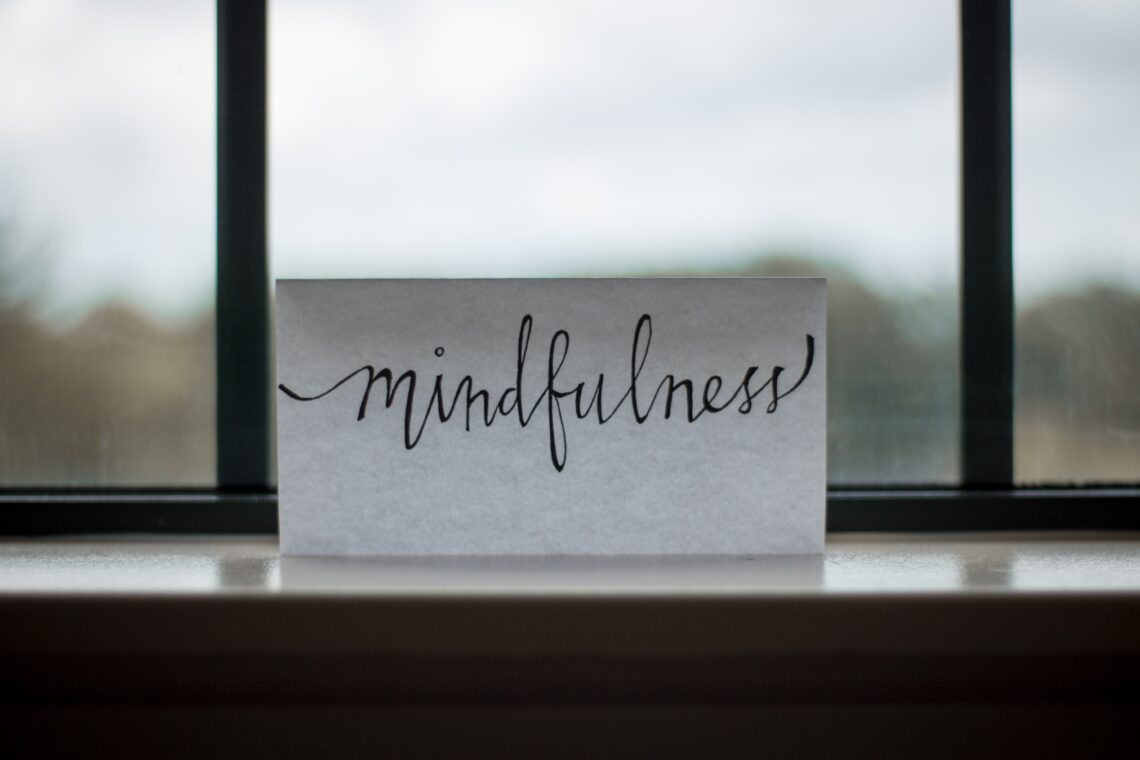Starting a day off calm and grounded has many health benefits for adults and students alike. That’s why for my free inquiry project for my Technology and Innovation class, I will be focusing on the benefits of mindful mornings. I will examine various different activities that can be done at the start of the school day with your class or during the day when your class could use a mental break. As a busy person myself, I find that taking a few minutes every morning helps to let go of things that are out of my control and focus on the tasks of the day.
17% of youth aged 5-17 reported poor to fair mental health with another 5% diagnosed with an anxiety disorder
Stats Canada
There has been a rise of mental health in our Canadian youth since the pandemic in 2020. Children have experienced less contact with their friends, and family, more time behind computer screens or television and have taken part in less social events and sporting opportunities. Adults have seen an increase in mental health well-being since the pandemic and is often talked about and recognized in social media and the news. It only makes sense that our youth are also experiencing these same mental health challenges. According to Stats Canada, since the pandemic, 17% of youth aged 5-17 reported poor to fair mental health with another 5% diagnosed with an anxiety disorder. In 2020, there was a reported 36,708 hospitalizations for youth mental health disorders alone. Canadian youth are faced with a growing issue that only 1 in 5 are said to be treated for. That is a large percentage and an alarming amount of youth mental health disorders that are going undiagnosed or untreated. BC Curriculum focuses on the mental well being of youth through social and emotional learning. It is part of the physical education curriculum. Mindful mornings are a gentle way to not only start the day calm but also help students stay in tune with their mental well being and learn strategies that can help students navigate their feelings. It is important that they are able to learn how to recognize signs and symptoms of stress, anxiety and depression and learn ways to cope with these feelings in a healthy way.

Mindful mornings, as mentioned above, have many health benefits including improved focus and concentration creating more productivity, less stress and anxiety, more self-awareness, sense of calm and well-being, and creating positive energy to take on the day. It allows students to become grounded before starting their day with other learning. Mental health is an important part of development, just as physical health and academic learning. The world is full of hustle bustle and young children also need to learn how to prioritize all aspects of health, including mental health. Prioritizing ones health is an essential tool for children to have as they grow and develop into healthy adults. Plus, many of the activities I will examine are fun for students and are great resources for us as educators to have in our tool belts for anytime of the day.
While searching on Pinterest for activities, I came across a 5, 4, 3, 2, 1 Mindful Morning activity. This is a great activity that could be modified based on the age of the students. For the younger grades the activity could be done verbally and for the older grades, students could be asked to write down their thoughts in a journal. This activity could be completed in the classroom, an outdoor classroom or any location that is quiet and calm.
Students will under the direction of the teacher:
- Take 5 slow breaths – Breathe in 1, 2, 3; Hold 1,2, 3; Breathe out 1, 2, 3; Hold 1, 2, 3; Repeat four more times
- List or make note of 4 things they can see – what is around them?
- List 3 things they are grateful or thankful for – What are you happy to have in your life?
- Say or write down 2 positive self-talk statements – I am or I can statements
- Name 1 thing you are looking forward to – What is happening today or in the near future that makes you happy?

The purpose of this activity to is to bring calm and gratitude to any classroom. You can tie in social emotional learning as well as literacy and numeracy. You could make this an activity as one that is kept close to the students where they are not asked to share thoughts or ideas, even with you as the teacher, or you could make this a sharing circle that follows the activity. Students could write a paragraph or poem to go along with their thoughts and feelings. The possibilities are endless! I look forward to finding more Mindful activities and exercises throughout the remainder of this course.





